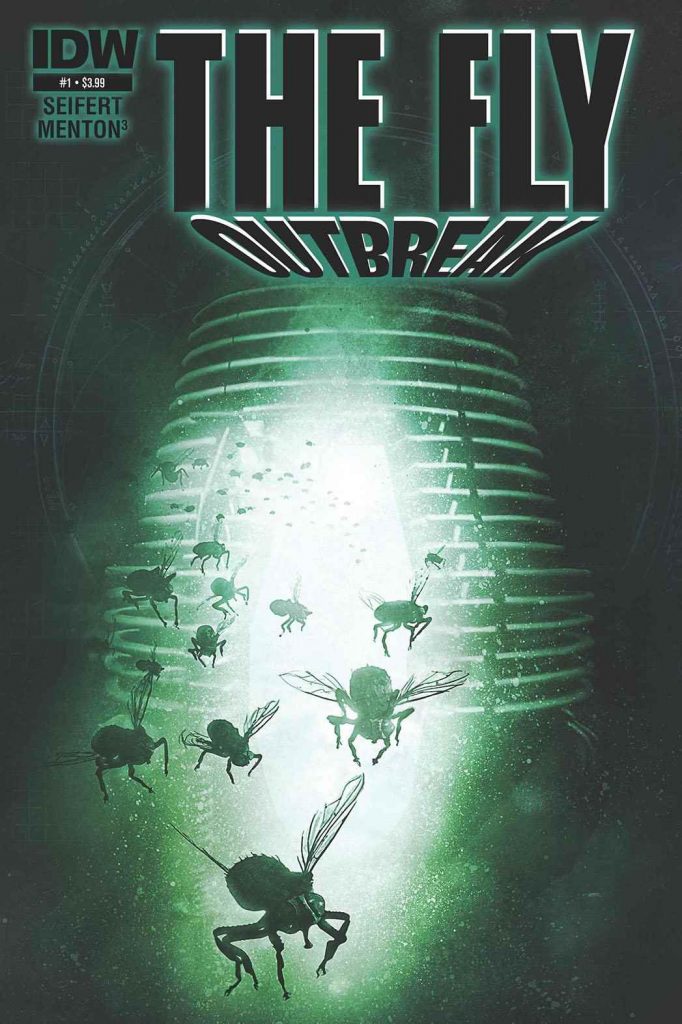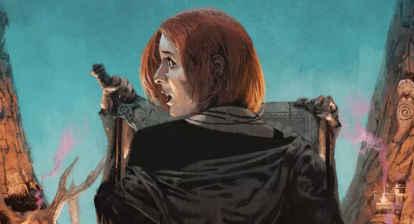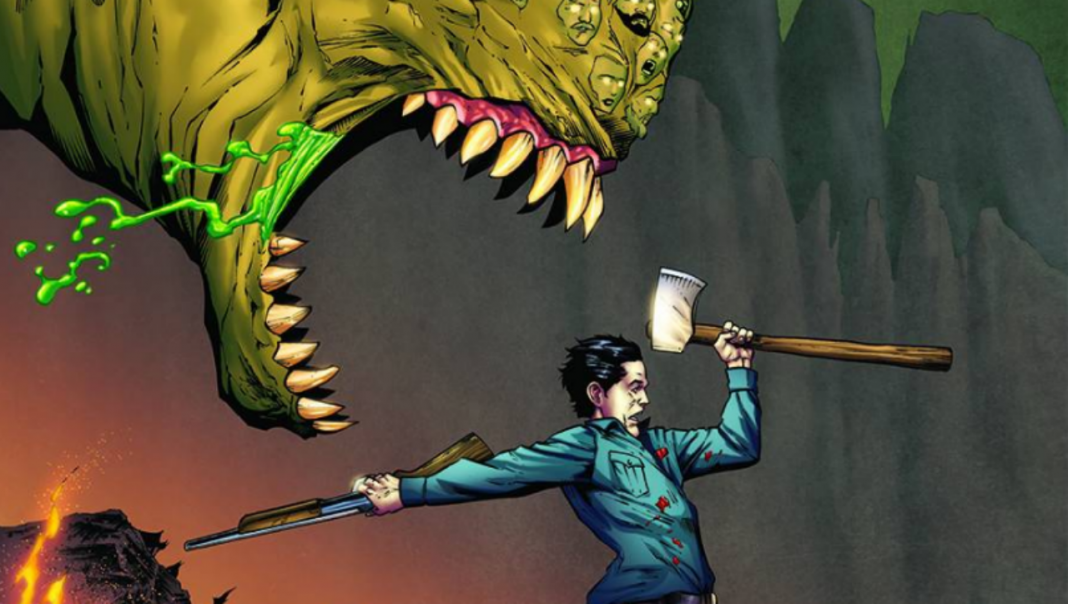With the release of the fifth and final chapter this month, we’re calling this the perfect time to review this comic sequel from beginning to end. Written by Brandon Seiferet, The Fly: Outbreak is a comic book miniseries that has prided itself on being a true sequel and successor to David Cronenberg’s 1986 remake of The Fly. But almost all of the plot elements and characters are actually borrowed from The Fly II. As such, it is very faithful to that film and pays a surprising amount of respect to its story.
The real focus, though, is on how the mythology of The Fly and cultural fears of the time in which it was made can be translated to the current time. This is definitely the smartest move it could make. There was a bit of AIDS commentary in Cronenberg’s film as well a play against the Reaganistic fear of sexual liberation. In Outbreak, Brundle’s disease is treated even more so as a sexually transmitted infection, but that’s almost an afterthought. Instead, this is treated as a pandemic. If the Fly virus (flyrus?) is not contained, then it will spread everywhere. Quickly. This is very timely and definitely plays into modern fears.
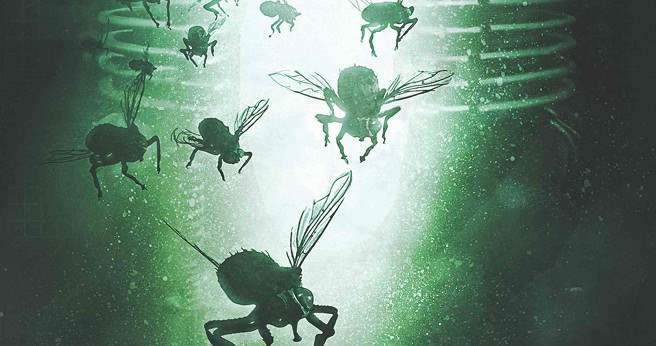 But it doesn’t take into account just how many pandemic virus-related films, comics and novels we see oversaturating the genre right now. While it’s timely from a story perspective, it’s also the least timely route the comic could have taken in some respects.
But it doesn’t take into account just how many pandemic virus-related films, comics and novels we see oversaturating the genre right now. While it’s timely from a story perspective, it’s also the least timely route the comic could have taken in some respects.
That almost doesn’t matter, though, once the story picks up. The virus is treated with such care that it’s as much of a Fly story as it is a pandemic story. The outbreak itself does not feel forced. All of these people are going through the same thing that Seth Brundle went through in Cronenberg’s film—although, for plot purposes, they’re doing it quicker—and the symptoms are exactly the same. The writing plays in to the fact that everyone knows exactly what’s coming. Martin Brundle, our protagonist, is intimately aware of the transformation because he’s undergone it himself.
Maybe the most interesting aspect of Outbreak, from a story perspective, isn’t even the titular event. It’s the inevitability that surrounds Martin from the first scene. Even before things go bad again, there is a part of him that knows with great certainty that he’s not going to stay normal forever. Things will go bad again, it’s just a matter of time. His own transformation is appropriately saved until close to the end, and even though we all saw it coming, the fact that we knew it was going to happen only makes it that much more tragic.
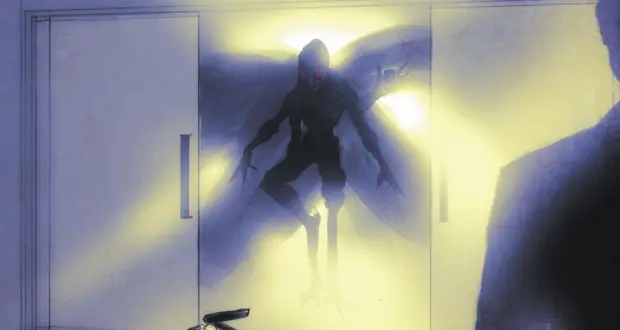 The real star of Outbreak, though, is menton3 who provides some truly amazing, cinematic and, at times, even photorealistic art. The newly transformed flies don’t look much like either Brundle did in the films, but the character likenesses are uncanny. When Martin does eventually transform again, his mutated self looks exactly like it did in The Fly II. More than that, the lighting is fantastic. The artwork makes this miniseries feel like a film. There are great uses of washed out colors and an overall monochromatic look. Going by the visual tone, it actually looks more like Tony Scott’s The Fly than David Cronenberg’s.
The real star of Outbreak, though, is menton3 who provides some truly amazing, cinematic and, at times, even photorealistic art. The newly transformed flies don’t look much like either Brundle did in the films, but the character likenesses are uncanny. When Martin does eventually transform again, his mutated self looks exactly like it did in The Fly II. More than that, the lighting is fantastic. The artwork makes this miniseries feel like a film. There are great uses of washed out colors and an overall monochromatic look. Going by the visual tone, it actually looks more like Tony Scott’s The Fly than David Cronenberg’s.
Ultimately, The Fly: Outbreak doesn’t quite go deep enough into the interesting ideas that it presents, but it nonetheless presents a solid, enticing action/horror epic with a healthy respect of the source material, one that is elevated by its excellent visual style. Fans of The Fly II will probably be doubly pleased, as this is a direct sequel.
WICKED RATING: [usr 7]
